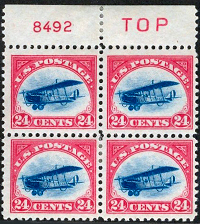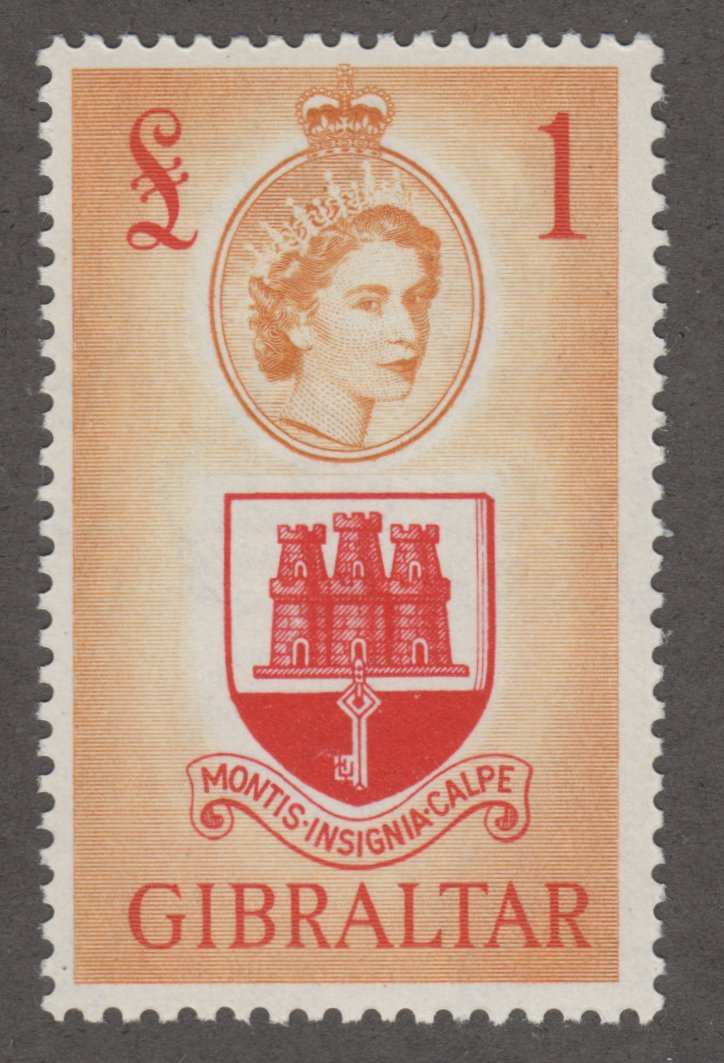
Discussion - Member to Member Sales - Research Center

Discussion - Member to Member Sales - Research Center

Was their two different colour printings of this stamp.
The left hand stamp is very noticeably a lighter colour, or this caused because there were two different types of paper used.
Regards
Horamakhet


Login to Like
this post
There are no other recorded shades although unlisted shades do occur, with these stamps it's more likely different types of paper used, "Wiggins Teape" (1971) and "KP5D paper" (1973). The issue was replaced on February 13, 1974 with the 20c Wombat definitive.
Wiggins Teape and Harrison were the two suppliers of paper for stamp printing. Wiggins Teape owned both Shoalhaven Mills (N.SW.), where the paper was produced and Samuel Jones & Co, where the paper was coated and gummed.
From 1964 to 1971 stamp papers were produced to reflect the quality of the reproduction and the Post Office requirements relating to the facer cancelling machines. Technical printing problems relating to the clarity of the finished print had to be solved when phosphorescence was introduced into the paper in 1964.
Experiments and trials conducted by Samuel Jones at their Keon Park, Victoria factory resulted in the acceptance of KP5D (Keon Park Fifth Trial Making, Sample D) designated paper being introduced during the Christmas 1971 issue.
The Gum used was more or less yellowish "gum arabic". The overall appearance of the paper is however white compared to the original Wiggins Teape paper in use at this time.
Both stamps are blue, orange, brown and sepia.
Rob

Login to Like
this post
Hi Rob
Thanks for that, but where exactly is the blue,
Horamakhet

Login to Like
this post
Hi Horamakhet
Although red and green makes brown, so does yellow, blue and orange which are the primary colours of brown, and sepia (a secondary colour, or should I say shade) mixed with blue and orange make dark brown, which is the colour of the 1971 20 cent Aboriginal Bark Painting. if any of the primary colours, or the sepia is missing, the effect it will have to the brown will be obvious.
If the blue is missing, ACSC values the error at $1,000. If the sepia is missing it is catalogued at $3,000.
It seems mentioning brown with blue, orange and sepia which is the ingredient of brown is kind of repeating itself, though there are two types of brown showing, there is no mention of yellow, so I would assume the ACSC merely repeated itself.
Rob

Login to Like
this post
Thanks ROb
That explains it.
Horamakhet

Login to Like
this post

Ho to all
Was their two different colour printings of this stamp.
The left hand stamp is very noticeably a lighter colour, or this caused because there were two different types of paper used.
Regards
Horamakhet


Login to Like
this post

re: ABORIGINAL ART 20 CENT 1971
There are no other recorded shades although unlisted shades do occur, with these stamps it's more likely different types of paper used, "Wiggins Teape" (1971) and "KP5D paper" (1973). The issue was replaced on February 13, 1974 with the 20c Wombat definitive.
Wiggins Teape and Harrison were the two suppliers of paper for stamp printing. Wiggins Teape owned both Shoalhaven Mills (N.SW.), where the paper was produced and Samuel Jones & Co, where the paper was coated and gummed.
From 1964 to 1971 stamp papers were produced to reflect the quality of the reproduction and the Post Office requirements relating to the facer cancelling machines. Technical printing problems relating to the clarity of the finished print had to be solved when phosphorescence was introduced into the paper in 1964.
Experiments and trials conducted by Samuel Jones at their Keon Park, Victoria factory resulted in the acceptance of KP5D (Keon Park Fifth Trial Making, Sample D) designated paper being introduced during the Christmas 1971 issue.
The Gum used was more or less yellowish "gum arabic". The overall appearance of the paper is however white compared to the original Wiggins Teape paper in use at this time.
Both stamps are blue, orange, brown and sepia.
Rob

Login to Like
this post

re: ABORIGINAL ART 20 CENT 1971
Hi Rob
Thanks for that, but where exactly is the blue,
Horamakhet

Login to Like
this post

re: ABORIGINAL ART 20 CENT 1971
Hi Horamakhet
Although red and green makes brown, so does yellow, blue and orange which are the primary colours of brown, and sepia (a secondary colour, or should I say shade) mixed with blue and orange make dark brown, which is the colour of the 1971 20 cent Aboriginal Bark Painting. if any of the primary colours, or the sepia is missing, the effect it will have to the brown will be obvious.
If the blue is missing, ACSC values the error at $1,000. If the sepia is missing it is catalogued at $3,000.
It seems mentioning brown with blue, orange and sepia which is the ingredient of brown is kind of repeating itself, though there are two types of brown showing, there is no mention of yellow, so I would assume the ACSC merely repeated itself.
Rob

Login to Like
this post

re: ABORIGINAL ART 20 CENT 1971
Thanks ROb
That explains it.
Horamakhet

Login to Like
this post

